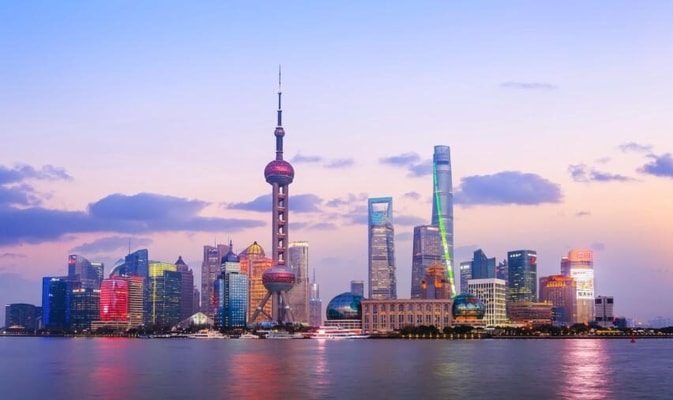Is China ready to bounce back?

16 OCT, 2023

Raheel Altaf is co-manager of the Artemis Funds (Lux) – SmartGARP Global Emerging Markets Equity.
Investment strategists started the year expecting a post-Covid economic boom in China. It failed to appear, but could their predictions be about to come true?
The data coming from China this year has been truly disappointing – rising youth unemployment, underwhelming growth in retail sales and industrial outputs, a slump in exports, and a real estate crisis. Yet much of this has been self-inflicted – part of a plan by the Chinese government to deflate the property bubble and ensure growth is sustainable.
Ultimately, that should be welcomed. Investors approve of macroprudential measures to de-risk the economy. They cannot then complain about the inevitable impact on short-term growth.
But there are positive numbers coming through now. It may be time to revisit those earlier forecasts – the timing may have been wrong, but the analysis could prove to be correct.
Central bankers in developed markets face a serious challenge in their battle against inflation. The impacts of high-interest rates always take time to emerge, so knowing when to ease off the brakes is difficult.
By contrast, in China, though growth is low, so is inflation. That leaves room for stimulus without sending prices spiraling. Don’t expect the Chinese government to start firing off economic bazookas to stimulate the economy. But it does appear to be applying some measures – like a recent cut in 12-month lending rates. We expect more steps like this. With investor expectations so bleak today, even a modest recovery in demand from domestic consumers could lead to a significant uplift in some Chinese share prices.
Who needs the US?
There is still the possibility of a recession in the US. In the past that would have caused serious pain for China, yet now it could happen without derailing the country’s recovery.
China is a lot less dependent on the US today. Through its Belt and Road initiative, it has strengthened relations across Asia, Africa, and Latin America. It now exports far more to Asia than to the US. And Asia has been thriving, even without the benefit of a Chinese economy on fire.
The shape of the Chinese economy has changed, too. In the wake of the Global Financial Crisis China invested heavily in infrastructure and in second and third-tier cities. That helped its domestic economy to grow and a strong middle class to emerge. It also caused a boom in commodity prices and industrial production globally. China became the world’s factory floor, often supplying cheap products and parts.
More recently, while developed market economies like the US have been investing in infrastructure, China’s focus has been on building its capacity to create higher-value goods and services.
This year it has overtaken Japan as the world’s largest auto manufacturer, and in motor shows across Europe, its cars are attracting attention for their style, quality, and competitive cost. In the first seven months of this year, 189,000 Chinese cars were sold in Europe. UBS estimates that by 2030 one in five cars sold in Europe could be Chinese. China is leading the world in the production of batteries, too. This is all part of a growing phenomenon – the internationalization of Chinese brands, whether it is PDD holdings, which owns e-commerce sites Temu and Pinduoduo, or TikTok. This development is built not just on exports but on the continued rise of the Chinese middle class.
Factor in these structural changes, alongside the scope for prudent economic stimulus, and things begin to look more attractive. The same could also be said of other emerging markets countries.
We see real opportunities for selective exposure to China and emerging markets more widely. As an emerging markets manager, I would say that – but the numbers support my case. Look around the world and China and emerging markets – alongside the UK – are the standout regions for value.
For those nervous about investing in China, the fact that the country’s securities are trading at such deep discounts mitigates risk.
Chinese e-commerce giant Alibaba is trading on just 10x forward earnings (the S&P 500 is on 24x). Alibaba has seen its share price nearly halve over the past two years. By comparison, after a sharp tumble in 2022, Amazon has seen its share price shoot up 50% this year.
The cyclically adjusted Shiller p/e ratio suggests China is attractively valued compared to its global peers

Source: Bloomberg, as of 31 July 2023. Indices are MSCI for EM, Asia ex-Japan, UK, and Europe, S&P 500 for US, and TOPIX for Japan.
Investors are assuming China is in deep trouble and struggling to see the upside. The market is pricing in this pessimism. When the mood is bleakest it is usually the best time to find bargains.


